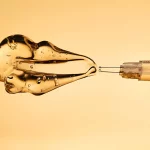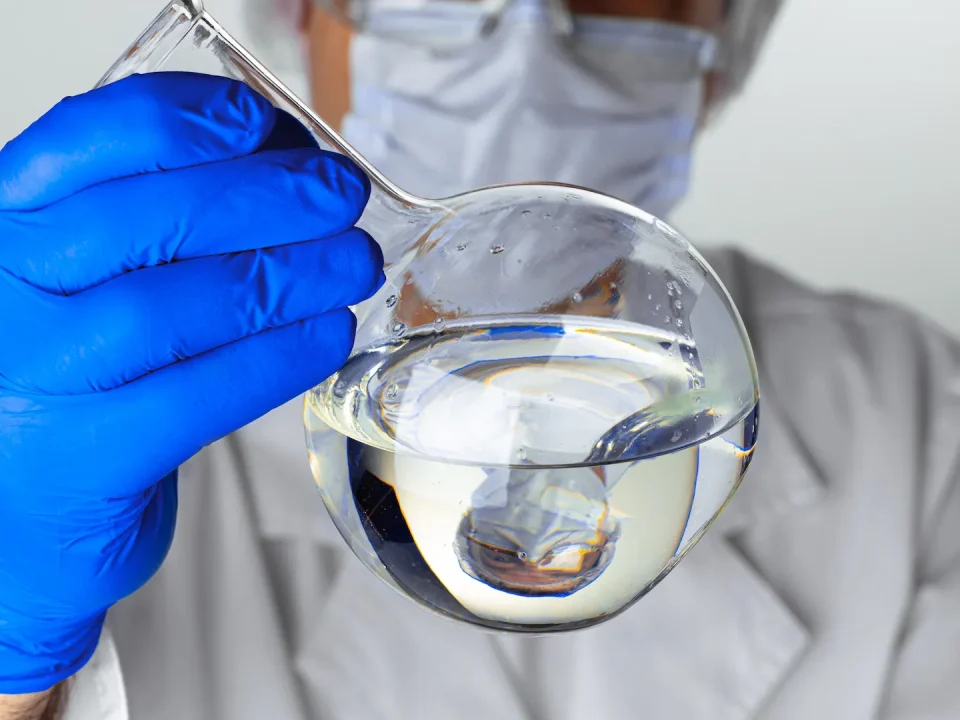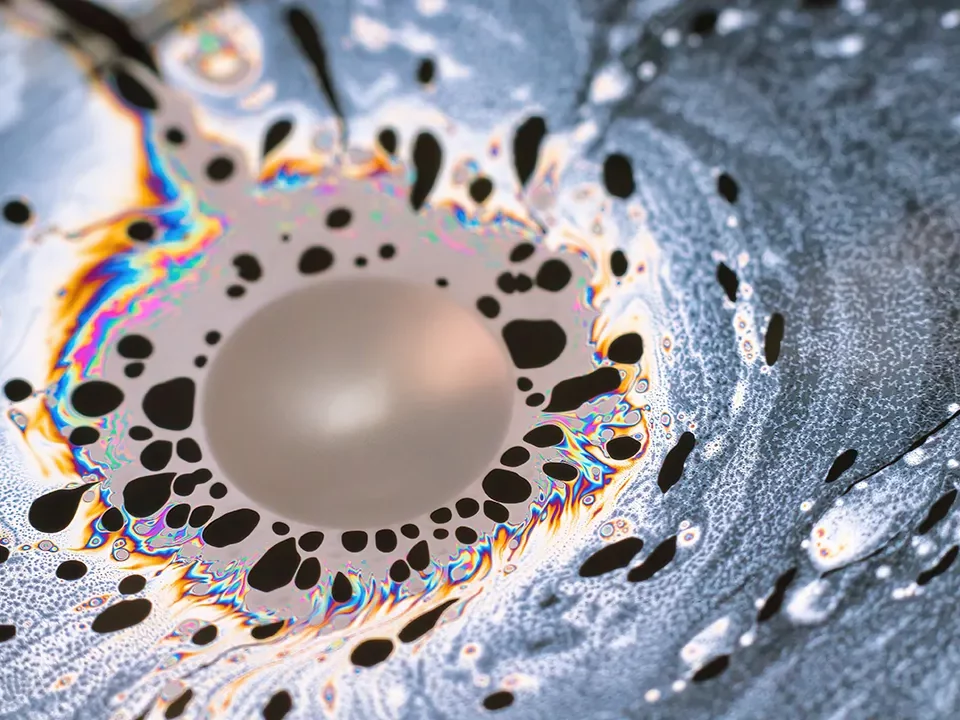
DermaXan Polyfunctional Stimulant
Stabilized Hypochlorous Acid (HOCl) is a powerful, natural disinfectant with a wide range of applications in medical settings. Its ability to effectively kill bacteria, viruses, and fungi makes it a critical tool in infection control. However, the stabilization of hypochlorous acid is a crucial factor in maintaining its potency and safety, especially in medical environments.
What is Stabilized Hypochlorous Acid?
Hypochlorous Acid (HOCl) is a naturally occurring compound produced by the human immune system to fight infections. When stabilized, HOCl becomes a highly effective antimicrobial agent that can be used safely in medical environments. Stabilized hypochlorous acid is often formulated in an aqueous solution, ensuring that it retains its full potency over time while remaining safe to use on various surfaces and for wound care.
The Importance of Stabilization in a Medical Setting
In healthcare, sterilization and disinfection are critical to preventing the spread of infections. However, hypochlorous acid is a highly reactive substance, and its chemical structure can degrade rapidly in the presence of light, heat, and air. Without proper stabilization, HOCl loses its antimicrobial properties, rendering it ineffective and unsafe for medical use. Stabilization helps preserve the acid’s integrity, ensuring its consistent performance in cleaning, disinfecting, and wound healing.
Our Key Criteria of Testing for this Innovation
1. Maintaining Potency
Without stabilization, hypochlorous acid can break down quickly, losing its ability to neutralize harmful pathogens effectively. In a medical setting, this would mean that disinfecting and sanitizing processes would not meet the necessary standards, potentially leading to hospital-acquired infections (HAIs). Stabilized HOCl ensures the solution retains its full efficacy for longer periods, making it reliable for use in sterilization protocols.
2. Safety in Use
Hypochlorous acid is safe for use in medical environments when stabilized. It is non-toxic, non-irritating to tissues, and does not cause harm when used for wound cleaning, eye care, or as a surface disinfectant. However, an unstable solution of HOCl can cause irritation or damage, especially when exposed to light or temperature fluctuations. Stabilized HOCl provides a safe, reliable product that reduces the risk of adverse reactions, making it ideal for medical professionals to use on patients and surfaces.
3. Longer Shelf Life
In medical settings, supplies must be able to withstand extended storage periods. Without stabilization, hypochlorous acid has a short shelf life, meaning healthcare providers may need to regularly replace it, leading to higher costs and the inconvenience of frequent restocking. Stabilized HOCl has a significantly longer shelf life, which reduces waste and ensures that healthcare facilities have a consistent, ready supply of this essential disinfectant.
4. Consistency in Performance
The effectiveness of HOCl can vary dramatically if it is not stabilized. As the compound breaks down, its ability to neutralize pathogens decreases, affecting patient care. Stabilization prevents these variations, ensuring that each batch of HOCl has the same level of potency and performance, which is vital in medical settings where consistency is key.
5. Cost-Effectiveness
The need for frequent replacements of unstable hypochlorous acid can increase the operational costs of a medical facility. Stabilized HOCl, on the other hand, reduces the frequency of product turnover, saving money in the long term. Its extended shelf life and consistent potency make it a cost-effective solution for healthcare facilities looking to maintain high standards of infection control while keeping costs under control.
6. Eco-Friendly Alternative
Stabilized hypochlorous acid is a non-toxic, biodegradable solution, making it an eco-friendly alternative to many harsh chemicals used in healthcare. Its use in medical settings reduces the environmental impact of disinfectants and sterilizers, making it an attractive option for facilities aiming to adopt sustainable practices without compromising on effectiveness.
Challenges Without Stabilization
Without proper stabilization, hypochlorous acid faces several challenges, including:
- Reduced Effectiveness: HOCl’s potency rapidly diminishes when exposed to environmental factors, which compromises its ability to kill harmful microorganisms effectively.
- Instability: The lack of stabilization results in an unpredictable product that may vary in concentration, leading to inconsistent results.
- Health Risks: Unstable HOCl solutions can irritate the skin, eyes, or mucous membranes, posing risks to both patients and healthcare workers. Formation of high concentration of chlorine gas in closed containers.
- Wasted Resources: Expiring or degraded HOCl must be disposed of, leading to increased waste and higher operational costs for healthcare facilities.
Why Stabilize Hypochlorous Acid
Stabilized Hypochlorous Acid is a crucial asset for infection control in medical environments. Its ability to eliminate harmful pathogens while maintaining safety and effectiveness is vital for patient care. Stabilization ensures that hypochlorous acid remains potent, safe, and cost-effective for prolonged periods, making it a top choice for healthcare facilities seeking reliable, environmentally-friendly, and powerful disinfecting solutions. By addressing the challenges posed by instability, stabilized HOCl supports the ongoing efforts to prevent the spread of infections and promote healing in medical settings.
Innovation
We combined several disciplines to create our stabilized hypochlorous acid via extensive formulation, sequencing, sterility, light scattering packaging, carbon dioxide & nitrogen gas.



